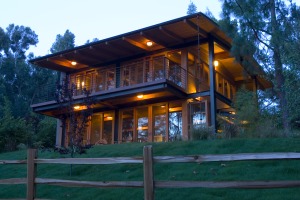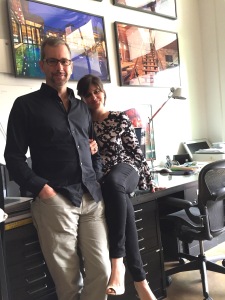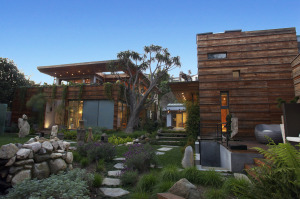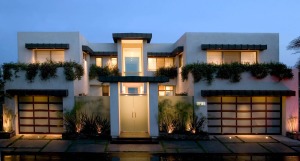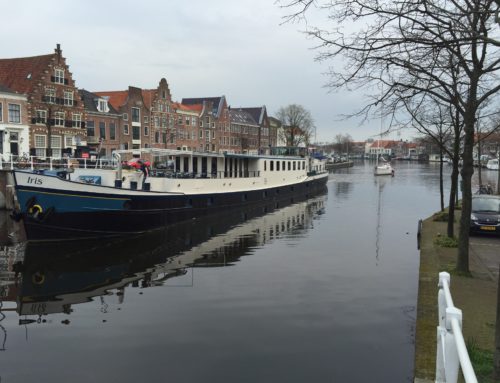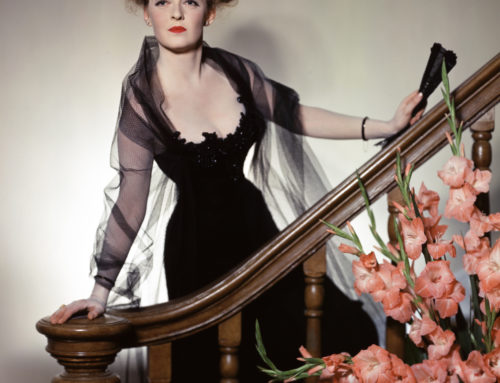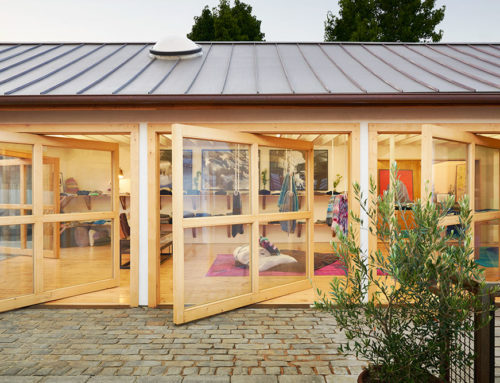Sustainable Architect Pushes Himself & Clients To Be Even Greener
(First in an occasional series of conversations with L.A’s leading architects and designers)
(Photos of homes by Jason Wolcott & Adria Sorensen)
Spending two hours with Marina del Rey architect talking about architecture Christopher Sorensen – particularly sustainable design – is enough to make your head spin.
That’s because he is so full of ideas, self-examination and a passion to make buildings – the largest energy suck in the world today – more sustainable that it takes awhile to process. What struck me most about this LEED-certified architect and master builder are his vision and the depth and breadth of his knowledge, not only of design but also of the many global considerations of “going green.”
I was fortunate enough to meet Christopher through his wife, Adria, a former student of mine and talented interior designer who is also her husband’s business partner. The pair have designed and built stunning and sustainable custom homes from San Francisco to San Diego, but mostly in L.A. (particularly coastal communities). His celebrity clients have included Brad Pitt, Ricki Lake, Jane Seymour and Pamela Anderson. I’ve been so impressed with his work that over the last three-plus years I’ve invited him to my UCLA design classes to be a recurring guest lecturer on green design, and my students love his talks.
“With each and every project we apply sustainable design concepts and utilize organic building materials to educate clients about alternatives to the wasteful conventions that define typical construction projects,” Christopher says. “Virtually, every project that we design uses active photovoltaic power and solar hot water systems to energize the home. Our designs inherently incorporate passive solar and natural ventilation techniques, creating buildings that require less energy.”
Without doubt, there are an increasing number of architects and designers who are incorporating sustainability into their work. And more and more homeowners are seeking green features. These include carefully planning the building’s orientation to take advantage of natural light, solar power and breezes; using eco-friendly materials, from stone floors to natural fibers for furniture; and tapping into technology to control everything from the use of lights to detecting water leaks.
But it’s not always easy being green.
Take, for instance, the roof. Christopher notes that petroleum-based asphalt shingles still dominate the roofing market. Clearly, these shingles are not eco-friendly, and because the oil markets are subsidized by our tax dollars and the true environmental costs are not reflected in these products, they are much less expensive than sustainable materials – sometimes as much as 75 percent less. Consequently, he says, even the most environmentally sensitive projects are lured into making these cost-saving decisions.
“Every project, we push harder to be greener,” he says. “Sustainable building practices must be addressed and supported in every way, from real estate development and real estate markets to government agencies, and from politicians to financial lending institutions.”
His self-reflection is impressive. So, too, is his broad view of the world of sustainable design. The more he seeks to push the eco-friendly envelope, he says, the more questions arise that need research and understanding of a wide range of disciplines.
For example, he’s educated himself on the world of shipping and logistics. Christopher incorporates factory-built units into his designs to save time and money and to be more sustainable. Building in a controlled environment cuts on product waste, reduces time schedules that are normally influenced by weather, and promotes good recycling practices. These modular units can be shipped easily because of containerization. On the other hand, he says, the manufacturing of modular units has not been perfected for greater efficiency the way Henry Ford perfected the manufacture of automobiles.
Christopher and Adria are optimistic that building design will become even more sustainable over time so that – as he says – “it will be harder to say no to green.”
“The bar,” he says, “needs to be set higher.” And that’s exactly what he’s doing in his practice, and we hope consumers follow his lead.
Eleanor Schrader is an award winning architectural and interior design historian, professor and consultant who lectures worldwide on the history of architecture, interiors, furniture, and decorative arts. Follow her on Facebook and Twitter.



